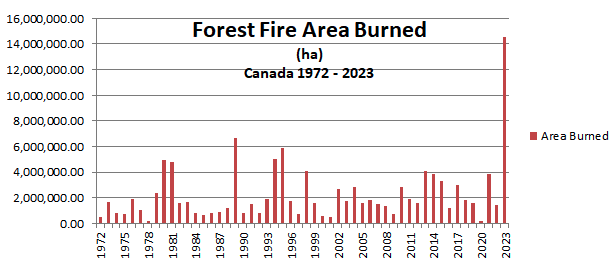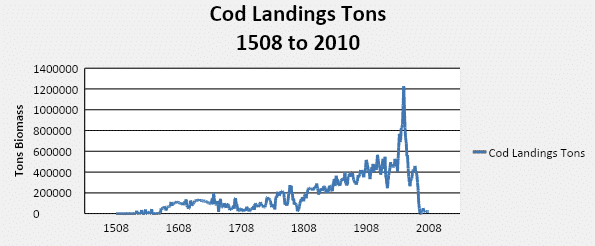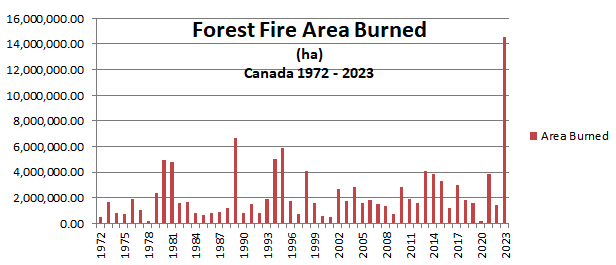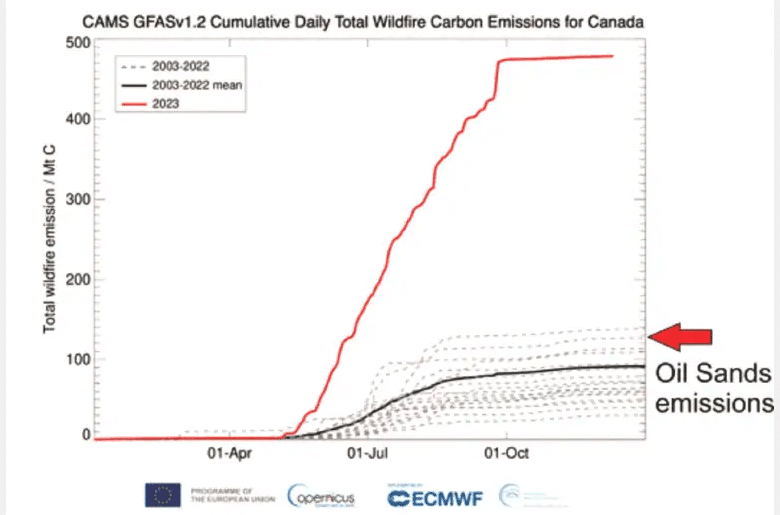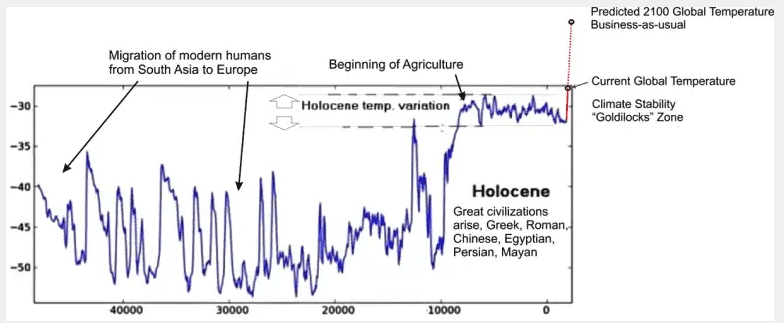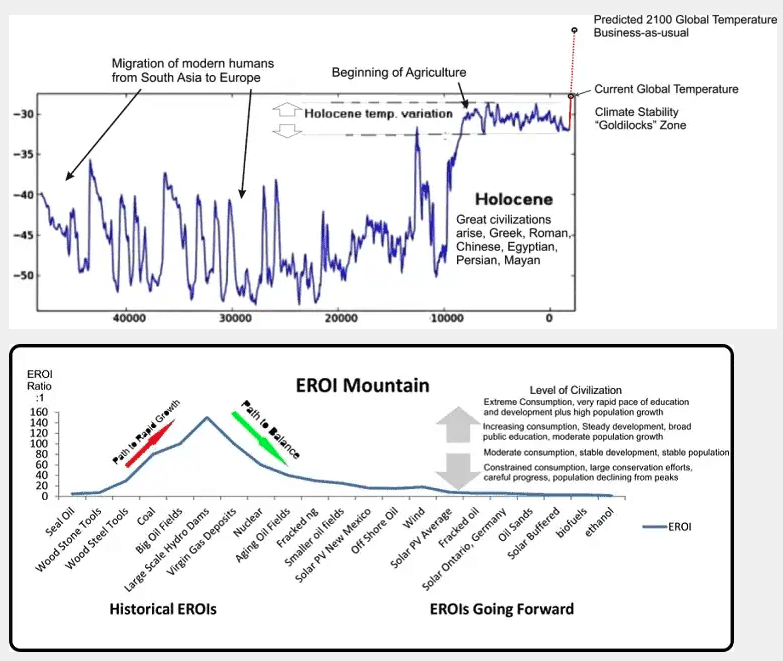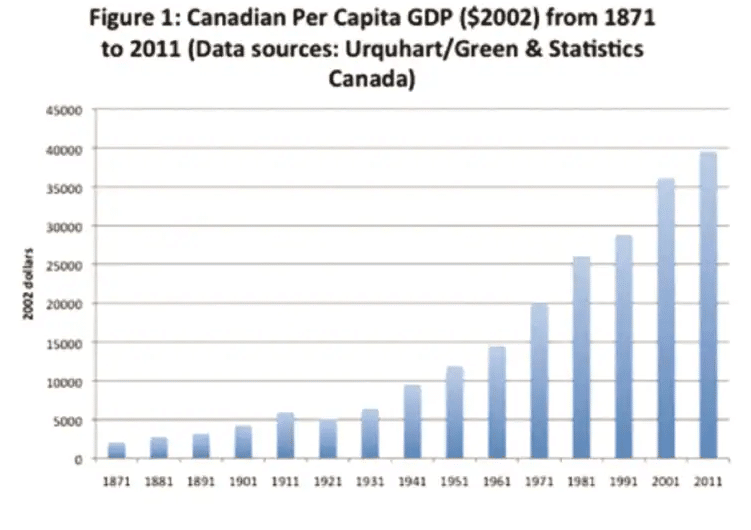Human history is rarely dull but we are living through a period in which pivotal change is taking place. We have abused the planet to such an extent that the environmental ground under our feet is starting to shift. Here are some vital societal health indicators which the commercial economy *** was simply never designed to produce.
Human civilization was built during the current 12,000 year period of freakishly benign climate (the Goldilocks Zone*). But thanks to our stripping of resources, paving over of forests and farmland and emissions of carbon into the atmosphere, we are changing our environment at every level.
At the climate level, we are exiting the +/- 0.75 degree Celsius range of average global temperature and wandering back into the dynamics of past climate which saw variations in the +/- 5C range. Human civilization at any scale cannot exist in that environment and our species almost went extinct.
Welcome to the world of “unprecedented” events. Of course, all of the events we are witnessing now and labelling “extreme” have occurred before. But they occurred before we could write or perhaps even before we existed as humans. What matters is that all of the human infrastructure we have built, from agriculture to cities to transportation to energy systems, we built during a period that had few extreme events and when resources were in their virgin state i.e. their most abundant and productive.
Earth’s resources are no longer as abundant or productive as they were even 100 years ago (see EROI Mountain**). We have crashed many resources and here is what that looks like in the case of Canada’s cod fishery.

